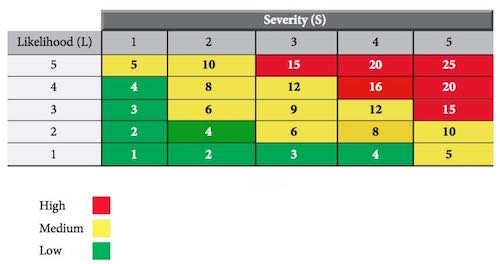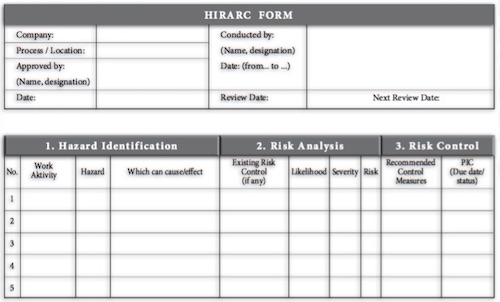Eliminate or minimize risks at source
This important first step aim to remove or minimize risk before they enter the workplace. Manufacturers and suppliers of work equipment and substances may be able to provide innovative approaches to solving these problems. For example, it may be possible to substitute a hazardous chemical with a less hazardous one that achieves the same purpose. Asbestos is a very hazardous substance, whose use has been banned in many countries, but it can be often replaced with much safer substitutes. As another example, noise and vibration emissions from work equipments can be much reduces through good design at the manufacturing design.
Whether or not risks can be eliminated or minimized at source. They may often be further reduce through effective physical safeguards. These can be relatively simple such as guardrails protecting against falls from scaffolding or protective covers for electrical equipment. Good ventilation also provides protection against risk from harmful substances, for example, as in hospital operating room, where nurse an physicians should be protected from waste anaesthetic gases. Such engineering controls need to be properly maintained if they are to remain effective, and it is important that maintenance procedures form part of the overall safety and health management system.
Provide safe working procedures to reduce risks further
Good planning and organisation is always important but particularly so far some activities. For example, maintenance work or clearing blockage in machines requires safe isolation procedures to prevent accidental with ionizing radiation also needs careful planning and organization, with radiation badges or monitors worn by those who have to carry out such work and use of appropriate physical barriers. Warning signs and signals can be effective preventive measures, but they need to be supported by other precautions and are only useful when they are visible, clearly written or audible and in a language that everyone understands.
Provide wear and maintain personal protective equipment
Providing personal protective equipment, such as dust masks and hearing protectors, is the least reliable form of protection since its effectiveness relies on proper selection, training, use and maintenance. Therefore personal protective equipment should be used only as a last resort. However, such equipment is required for some operations. For example, no ventilation system can protect fire fighters in an emergency. Likewise, hearing protectors may have to be worn by those working in noisy environment, even through all other means have been successfully used to reduce noise exposure as far as practicable. All personal protective equipment needs to be suitable for the workers concerned and properly maintained so that it remain effective.













